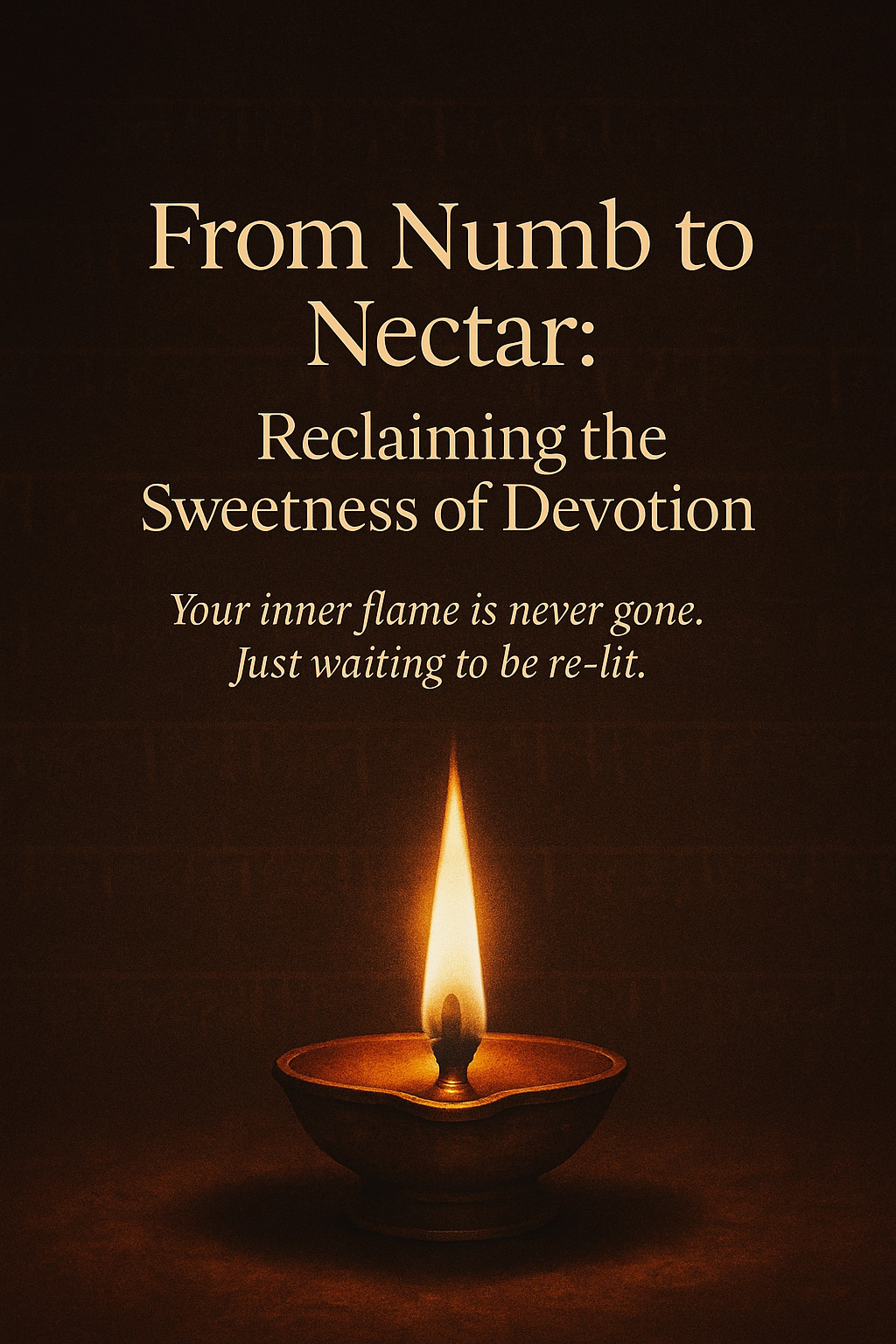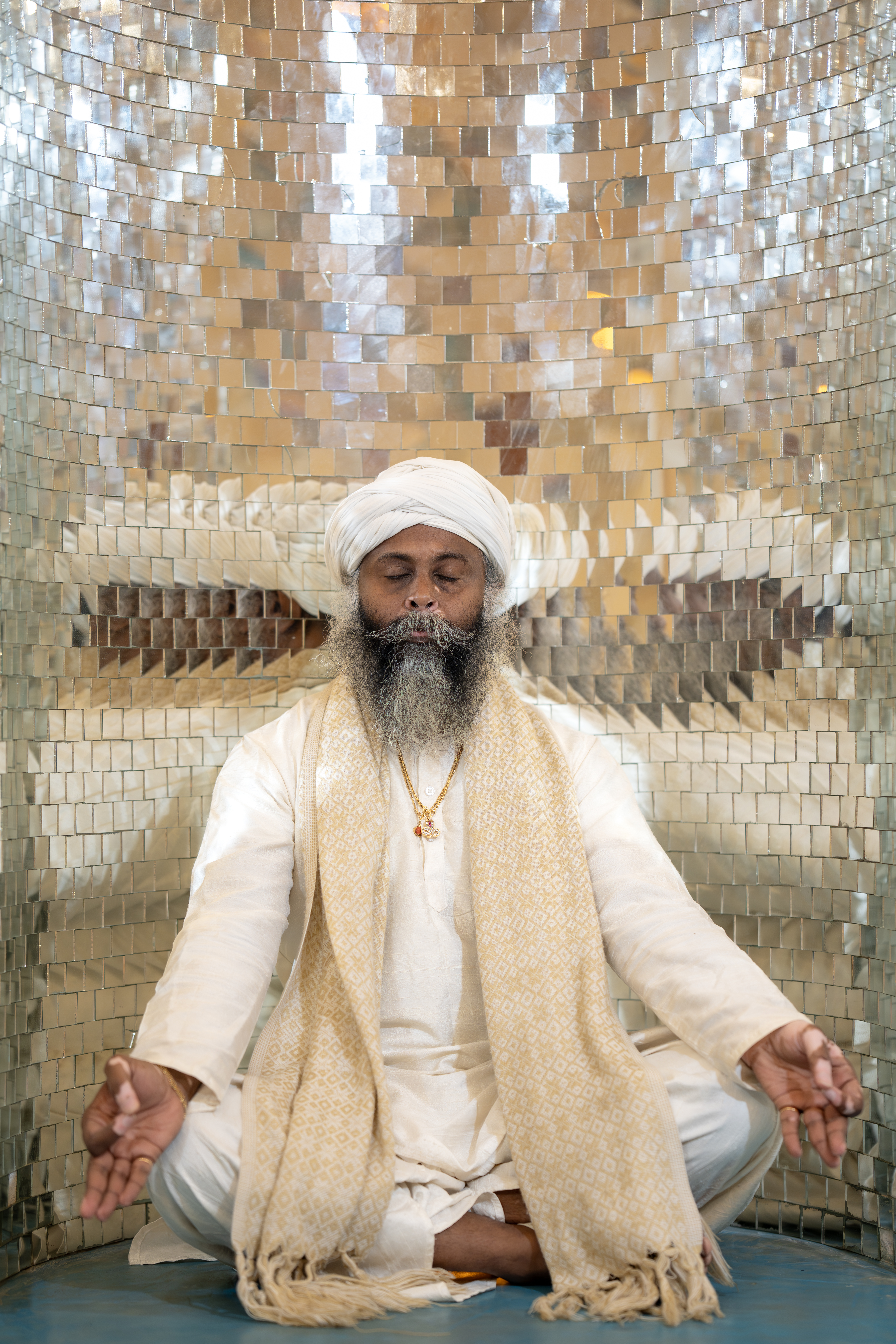In the tapestry of Sanatana Dharma, there are teachings so timeless that they seem to arise anew in every age. One such jewel is the Vigyan Bhairav Tantra — a dialogue between Shiva, the infinite consciousness, and Devi, the embodiment of Shakti. In this sacred exchange, Shiva reveals 112 distinct methods to enter the state of union with the Absolute.
These are not philosophical musings. They are direct instructions — experiential doorways — leading from the restless mind into the unbounded Self.
The Essence of the 112 Methods
Shiva’s teaching is radical in its inclusivity:
No matter who you are, no matter where you begin, there is a door for you.
The methods are not bound to a single culture, time period, or temperament. Some are subtle and internal, others active and sensory. Together, they form a complete map of consciousness. You do not need all 112. You need only one — and the courage to walk it fully.
The Categories: Keys to the Doors
While each method is unique, they fall into 11 broad categories. These categories are not rigid compartments but thematic streams — each holding a cluster of techniques.
1. Breath (9 Methods)
The bridge between body and spirit.
Breath awareness, retention, and the sacred pauses between inhalation and exhalation reveal the silent source from which life flows.
Breath awareness, retention, and the sacred pauses between inhalation and exhalation reveal the silent source from which life flows.
2. Chant (11 Methods)
Sacred sound as vibration.
When mantra is repeated with devotion, its resonance lifts the mind beyond thought, dissolving identity into pure sound.
When mantra is repeated with devotion, its resonance lifts the mind beyond thought, dissolving identity into pure sound.
3. Desires (22 Methods)
Not suppression — but conscious transformation.
By bringing awareness into the very movement of desire, it becomes a gateway to liberation rather than bondage.
By bringing awareness into the very movement of desire, it becomes a gateway to liberation rather than bondage.
4. Focus (12 Methods)
The art of dissolving separation through concentration.
Whether gazing at a flame, listening to a sound, or holding a single-pointed intention, focus merges the seer and the seen.
Whether gazing at a flame, listening to a sound, or holding a single-pointed intention, focus merges the seer and the seen.
5. Sight (4 Methods)
Seeing as a portal to Being.
Visual meditations train the eyes not merely to look, but to penetrate the nature of reality.
Visual meditations train the eyes not merely to look, but to penetrate the nature of reality.
6. Light (10 Methods)
Inner and outer illumination.
Meditating on the sun, moon, or inner radiance awakens the luminous self that is untouched by darkness.
Meditating on the sun, moon, or inner radiance awakens the luminous self that is untouched by darkness.
7. Stillness (5 Methods)
When nothing moves within, the entire cosmos mirrors itself in you.
Stillness is not the absence of life but the fullness of it.
Stillness is not the absence of life but the fullness of it.
8. Omnipresence (12 Methods)
Feeling yourself in all — in the sky, in the ocean, in the eyes of a stranger.
The illusion of “other” dissolves into the oceanic oneness.
The illusion of “other” dissolves into the oceanic oneness.
9. Logic (11 Methods)
Reasoning until thought transcends itself.
Vedantic inquiry (vichara) leads the intellect to its own limits, where silence takes over.
Vedantic inquiry (vichara) leads the intellect to its own limits, where silence takes over.
10. Consciousness (7 Methods)
Resting in awareness without object.
This is pure witnessing — knowing oneself as the knower.
This is pure witnessing — knowing oneself as the knower.
11. Void (3 Methods)
Leaping into the great emptiness.
When all is stripped away, what remains is the unnameable.
When all is stripped away, what remains is the unnameable.
The Beauty of Choice
The Vigyan Bhairav Tantra honors diversity in spiritual temperament.
- The sensuous may awaken through beauty.
- The intellectual may awaken through inquiry.
- The devotee may awaken through mantra.
- The mystic may awaken through stillness.
In this way, it is perhaps the most democratic of all yogic texts — no one is excluded from its promise.
Walking the Door You Choose
Choosing a method is like finding your natural rhythm in music. It should feel intimate, alive, and deeply resonant. Once chosen, it becomes your sadhana — not something to dabble in, but to inhabit until it transforms your being.
And here lies the heart of the teaching:
You need not wander through every doorway. One door, fully entered, opens the entire palace.
Why This Teaching Matters Now
In an age of distraction, these 112 methods are more relevant than ever. They are not escapism. They are precision tools to bring us fully into the present — into the vast, unshakable center that no circumstance can touch.
As the Tantra reminds us:
The Infinite is not elsewhere. It is in your breath, your gaze, your stillness, your longing. The path is not to go somewhere, but to turn through the moment into what you have always been.
Your doorway awaits.
📿 Which of the 112 will you walk?
📿 Which of the 112 will you walk?
🌐 www.prakashchegu.com
📲 Follow @lightwithin22 for daily practices and wisdom.
📲 Follow @lightwithin22 for daily practices and wisdom.


0 Comments